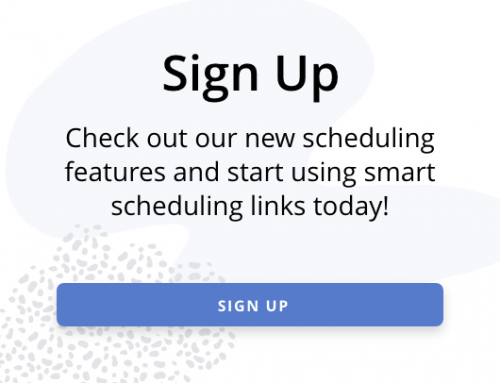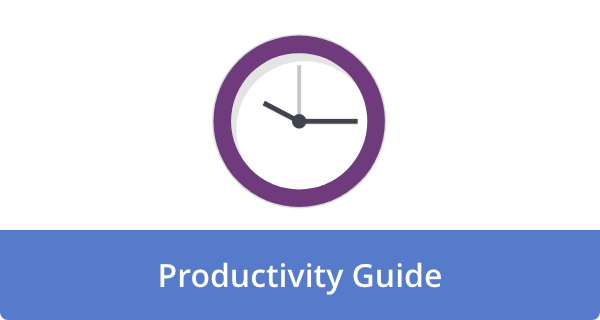

You plan your week, then life barrels in like a forklift. Meetings multiply, priorities blur, and the critical work slips a day, then a week. Here is the fix: six simple templates that make weekly planning almost frictionless. They are light enough to use under pressure and structured sufficiently to survive surprises. We tested versions of these with busy operators who ship on deadlines and juggle teams, and you can adapt each one in minutes.
Across our research, we heard from top experts:
- Cal Newport, professor at Georgetown, reminded me to “time block the meaningful work,” while Julie Morgenstern, productivity consultant, stressed subtracting before you add.
- Elise Keith, CEO at Lucid Meetings, added a warning: “If your calendar dictates your priorities, you work for it.” The shared takeaway is focus first, calendar second.
The tradeoff is obvious: simplicity means fewer knobs to turn, but the payoff is less thrash. Styled for clarity, much like our internal playbooks
1) The 3×3 weekly block template
Pick three priorities for the week and allocate three deep-work blocks to each. That is nine blocks of 90 minutes, or 13.5 hours of protected focus, which is usually enough to move three chunky outcomes. Put the blocks on your calendar first, then guard them like meetings. This works because the brain treats fixed time as scarce, which forces tradeoffs you can actually honor. If you are unsure what fits, pilot with 60-minute blocks and lengthen only the ones that truly need it.
2) The commitments-first template
Before adding any new tasks, inventory the nonnegotiables already on your schedule: live meetings, deadlines, care blocks, travel, and personal events. Convert anything fuzzy into a clear time box, then ask what two outcomes you can still deliver this week without overtime. Write those two at the top of your plan and decline or renegotiate the rest. You reduce friction by eliminating hidden work and social pressure. People respect constraints when you present them early and calmly.
3) The theme days template
Assign each weekday a loose theme that matches your real workload, not an idealized one. For example: Monday — decisions; Tuesday — clients; Wednesday — build; Thursday — pipeline; Friday — clean up and planning. Schedule related work inside its day, then park off-theme requests in the following matching slot. This cluster’s context cuts switching costs and reduces guilt when you say, “I can do that Thursday.” If your job defies themes, try morning themes only, then keep afternoons flexible.
4) The kanban week board template
Turn your week into a three-column board: To Plan, In Play, Done. On Friday or Sunday, brain-dump tasks into To Plan, then pull only what fits the week into In Play—cap In Play at 10 cards, full stop. Every morning, pick your top three and move completed items to Done, creating a visual record you can share with your manager. This method works because limits create focus, and the Done column provides momentum. If you overflow the cap, that is the signal to renegotiate.
Optional cues to make it stick
Title every card with a verb and a noun
Add one acceptance test per card
Use color to mark dependencies
5) The energy-map template
Sketch a quick grid for the week with times across the top and days on the side. Shade your high energy zones, mark your low ones, then place demanding work only in the bright squares. Use low zones for admin, learning, and recovery tasks. Energy beats intention when stress spikes, so planning by energy reduces failed starts and the procrastination tax. If your energy is unpredictable, plan two short bursts daily — morning and midafternoon — and keep one floating block for spills.
6) The calendar-to-task pipeline template
Connect your calendar to a single task list with a straightforward rule: every calendar item gets a prep task and a follow-up task before the meeting invites go out. Example: the Thursday partner call gets “prep agenda 20 minutes Wednesday” and “send recap 10 minutes Thursday.” Put both tasks on your list and auto-schedule them near the event. This small pipeline turns meetings into outcomes, not just time. If you live in tools already, mirror the pipeline with short templates or text expanders.
How to pick your first template this week
Start with the one that relieves your current pain. If your weeks feel scattered, choose theme days. If too many tasks leak into evenings, choose commitments-first. If you have big rocks that always slip, select 3×3. Give it two complete cycles, then refine. Your future self needs predictable scaffolding, not perfect rules.
A worked example
You run a customer success team. This week’s big three: roll out a renewal playbook, close two at-risk accounts, and prepare a Q4 hiring plan. You book nine 90-minute blocks: three for the playbook, four for account work, two for hiring. You add calendar pipelines to two key calls and theme Wednesday as “build.” By Friday, you have 8 of 9 blocks honored, a recap sent within 15 minutes of each call, and a written draft of the playbook. The single block you missed gets moved to the following Monday’s first slot.
Pitfalls to expect, with fixes
You pick too many priorities. Cap at three, then list the next three in a parking lot.
Meetings eat your blocks. Split one block into two 45s and book them early and late.
Emergencies blow up in a day. Keep one floating block and one cancelable task daily.
Closing thoughts
Planning should feel like snapping Lego bricks together, not like pouring wet concrete. Pick one template, run it for two weeks, and measure only one thing: did the critical work move? If yes, keep it. If not, swap it. The win is not a prettier Calendar; it is a calmer week in which your choices align with your goals. Start with 3×3 or commitments-first today, then layer the others as your weeks stabilize.
Image Credit: Photo by Bich Tran; Pexels











Deanna Ritchie
Editor-in-Chief at Calendar. Former Editor-in-Chief and writer at Startup Grind. Freelance editor at Entrepreneur.com. Deanna loves to help build startups, and guide them to discover the business value of their online content and social media marketing.